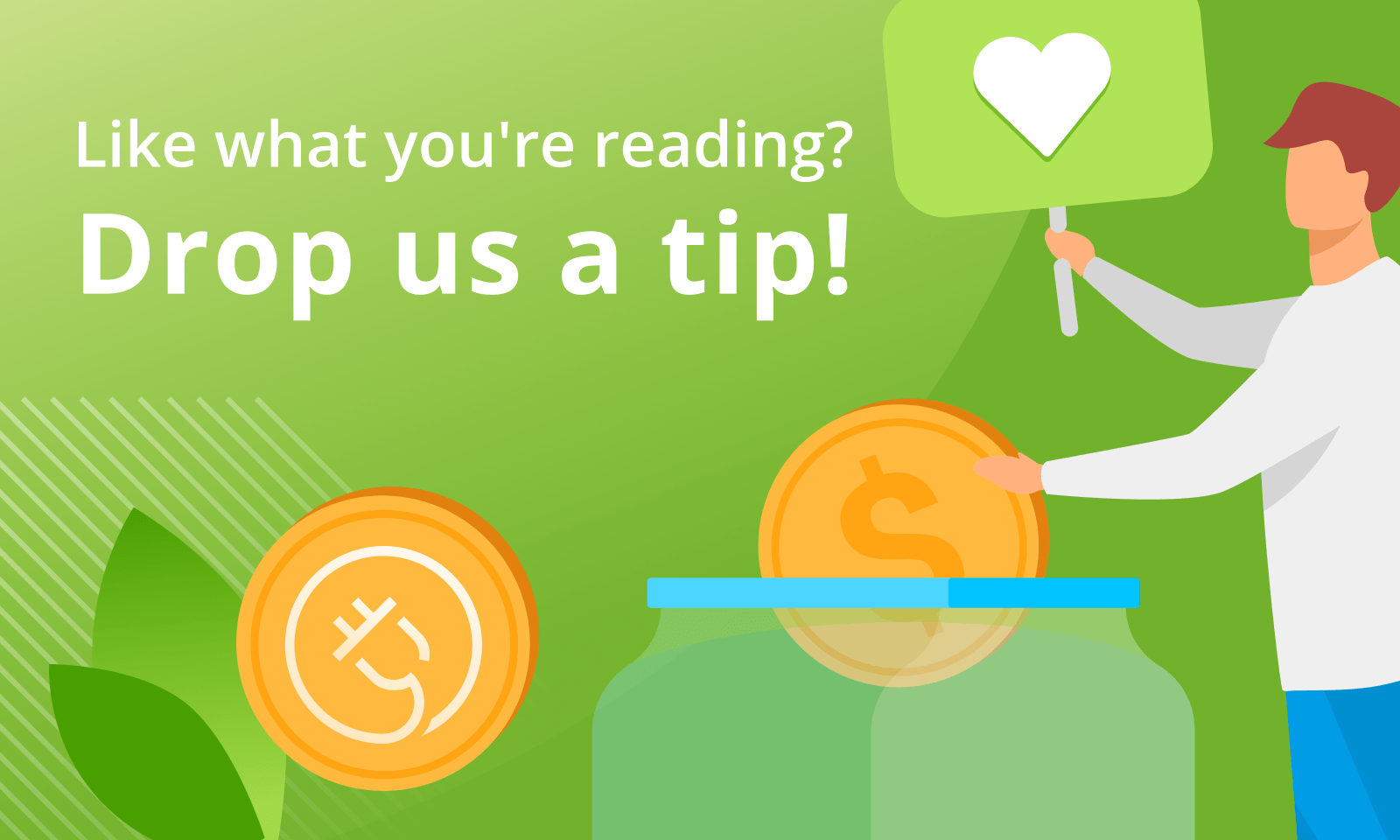Sign up for daily news updates from CleanTechnica on email. Or follow us on Google News!
With the goal of reaching carbon neutral by 2050, Thailand is pushing heavily to decarbonize its energy sector. Like many countries in SouthEast Asia, this means reducing coal, oil, and natural gas usage and turning to renewable alternatives. While Thailand is anticipating growth from hydropower, wind, and biofuels, its most significant expected growth must come from the solar industry. As of 2021, there was an installed solar PV capacity of 2.9 GW. By 2037 the target capacity is 15.6 GW, dwarfing all other forms of renewable energy.
However, not all of these new solar PV projects will be installed on land. The largest floating hydro-solar project in the world came online in Thailand in 2021, and its success has prompted the EGAT (Electricity Generating Authority of Thailand) to advance 15 new clean energy projects. The hydro-solar project that came online in 2021 totaled 45 MW and includes 145,000 panels, while the combined energy from the new projects supported by EGAT will total over 2.7 GW.
There are several distinctive benefits to floating PV projects as opposed to traditional land installation. Firstly, the solar farms do not take up land that could otherwise be used for economic development. The decision to build plants on water means that the amount of available land for businesses, farming, or conservation will stay the same even as renewable energy grows. Rather than designating land for either solar installation or sources of economic development, Thailand will be able to grow its PV capacity while supporting its growing economy.
Secondly, the water produces a cooling effect on the PV projects, which improves panel performance by between 5-10%. Over the course of a project’s life, this translates to significant savings. Thailand could also take advantage of its existing hydropower facilities to provide an ideal location for floating PV farms. Historically, hydropower reservoirs have been an ideal location for floating PV projects and Thailand, with 2.7 GW of installed hydropower in 2021, certainly has viable reservoirs available. However, there are certain drawbacks to floating PV projects that are not found in land-based projects. These include the struggle to anchor projects in one place, which can become particularly important in deep water scenarios.
The Asia Pacific Region, which includes Thailand, has the highest floating solar market share, totaling 1.96 billion in 2022. This amount is expected to increase significantly by 2032. With an expected CAGR (compound annual growth rate) of 16.5% over the next decade, this market share is predicted to reach 26.5 billion. Of course, it is not realistic to think that Thailand will achieve its PV benchmarks using only floating solar farms. With the high levels of PV radiation in many parts of the country and the availability of land for construction, floating PV farms may play an auxiliary role. However, if Thailand reaches its goals, floating PV farms will no doubt play some role.
Other countries in SouthEast Asia could follow the lead of Thailand with the hopes of diversifying their energy options. China and India have helped lead the way in floating solar, but it will be beneficial to see a smaller country adapt this new tool to fit their energy needs. Malaysia, with an energy matrix made up of 47% oil and gas and 32% coal, could be a prime target. Countries like Vietnam, which already have high levels of both solar and hydropower development, may be able to make the adoption of floating PV projects smoothly. It is exciting to think that over the next two decades the landscape of Vietnam, Thailand, Malaysia may be dotted with floating solar projects.
Have a tip for CleanTechnica? Want to advertise? Want to suggest a guest for our CleanTech Talk podcast? Contact us here.
Latest CleanTechnica TV Video
I don’t like paywalls. You don’t like paywalls. Who likes paywalls? Here at CleanTechnica, we implemented a limited paywall for a while, but it always felt wrong — and it was always tough to decide what we should put behind there. In theory, your most exclusive and best content goes behind a paywall. But then fewer people read it!! So, we’ve decided to completely nix paywalls here at CleanTechnica. But…
Thank you!
CleanTechnica uses affiliate links. See our policy here.




